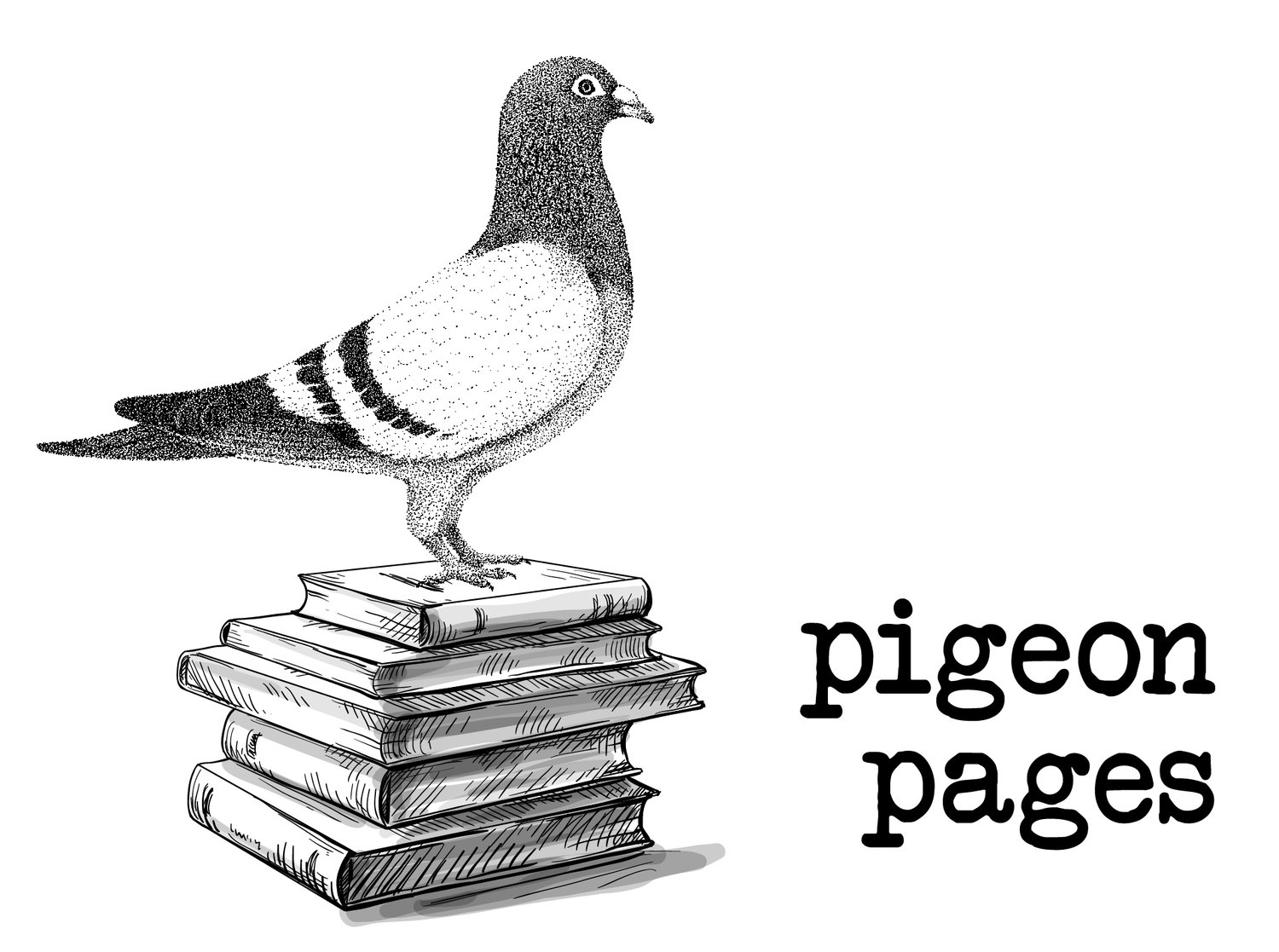Izhar Patkin, Gardens for the Global City, 1991. Oil stick on metal screen, with velvet. Overall: 72 × 48 1/8in. Whitney Museum of American Art, New York; gift of Irwin Schloss.
New World
by Carlie Hoffman
I wanted to return to the garden, but it is too late,
the confusing stars, the evening too cold
to travel through. I prefer
where I am, the controlling present,
braiding and unbraiding my hair in the dark,
no longer a reaction, but closer
to the question, a vehicle for thought driving
a strange bristling in the underbrush.
If it meant someone else would have a better life
I wouldn’t mind dying, says the voice
in this dream, the azalea blistering
like a lit match, bulbs of dahlias
gesturing from underground.
You are with me in the garden, it is saying now,
the voice is speaking, though only the wind
motions toward me.
If I had a soul, the soul is what I am now.
If I say its name, I, a glittering
extension of God, possess it.
Published March 9, 2025
Carlie Hoffman is the author of the poetry collections One More World Like This World (Four Way Books, 2025); When There Was Light (Four Way Books, 2023), winner of the National Jewish Book Award; and This Alaska (Four Way Books, 2021), winner of the Northern California Publishers and Authors Gold Award in Poetry as well as a finalist for the Foreword INDIES Book of the Year Award.Hoffman is the translator from the German of both Selma Meerbaum-Eisinger’s Blütenlese [Harvest of Blossoms], forthcoming from World Poetry Books, and White Shadows: Anneliese Hager and the Camera-less Photograph (Atelier Éditions, 2025), and the poems of Rose Ausländer. Hoffman’s other honors include a 92NY Discovery/Boston Review Poetry Prize and a Poets & Writers Amy Award. She is the founder and editor-in-chief of Small Orange Journal.
Izhar Patkin has lived in the United States since 1977, first coming to prominence in the mid-1980s with his iconic Black Paintings, an inventive visual adaptation of Jean Genet's play The Blacks: A Clown Show. As a painter and sculptor, Patkin works in a narrative form, often drawing upon historical and cultural material to make complex visual metaphors. He imaginatively uses materials to achieve novel effects. For an exhibition in 1994 at Holly Solomon Gallery in New York City, Patkin included a 14-foot high sculpture of the Hindu god Shiva made from colored glass as well as six paintings depicting man’s expulsion from the primal garden. In his works on paper exploring the history of the Mendelssohn family, a Jewish family in Berlin around 1769 well-known for their cultural and artistic contributions, Patkin developed a trademark technique of stenciling, cutting, weaving, folding, and bending the paper.
Patkin's major mid-career museum survey "The Wandering Veil," was shown at MASS MoCA in North Adams, the Tel Aviv Museum, and The Open Museum in Tefen, Ireland. His work has been included in exhibitions at Centre Pompidou, The Stedelijk Museum, MoMA PS1, Kustverein Stuttgart, among others. His work was also featured in the 1990 Venice Biennale and the 1987 Whitney Biennial.

